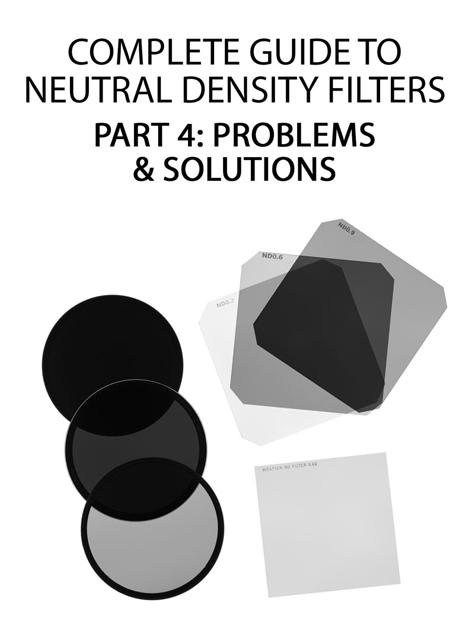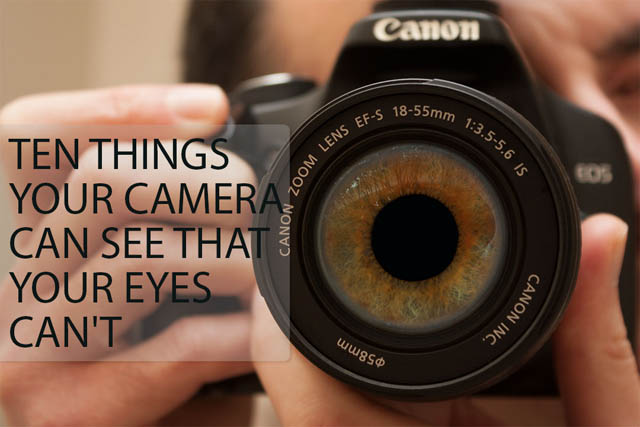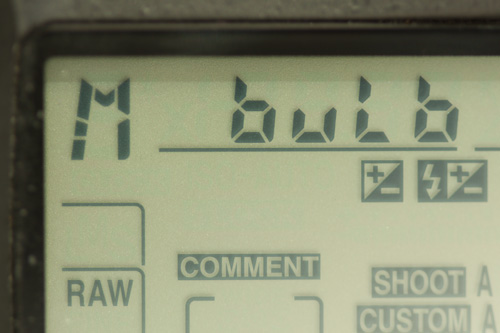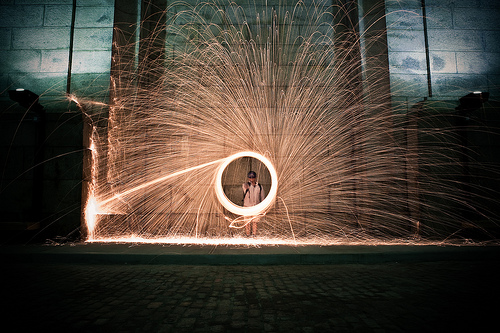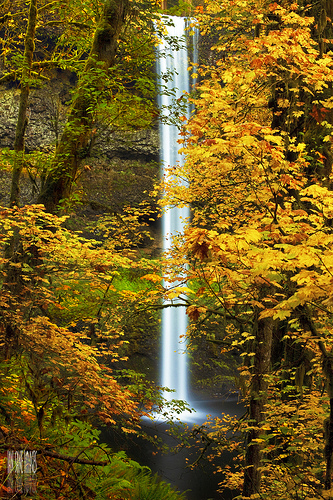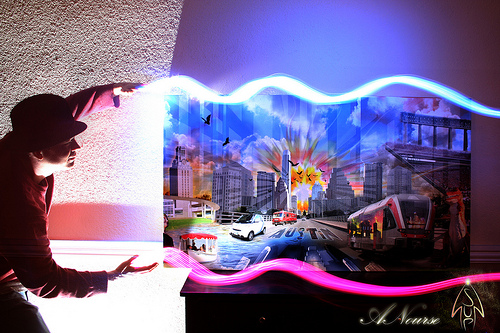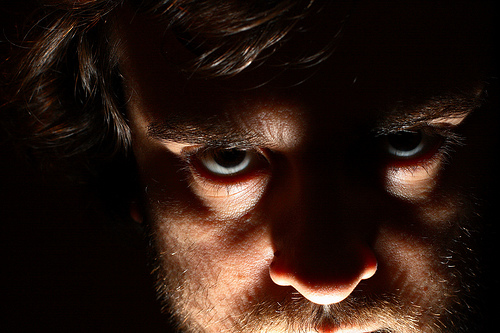Complete Guide to Neutral Density filters – Part 4 Problems & Solutions
While neutral density filters can help you capture photos or video that wouldn't otherwise be possible, they do bring with them their own set of issues you need to watch out for. This is particularly true for the stronger neutral density filters.
In this article we'll go through a variety of issues you should look out for when using your ND filter, and when deciding what ND filter to purchase. We'll also look at how to best prevent or at least minimize any problems using an ND filter can give.
Read the rest of this entry »